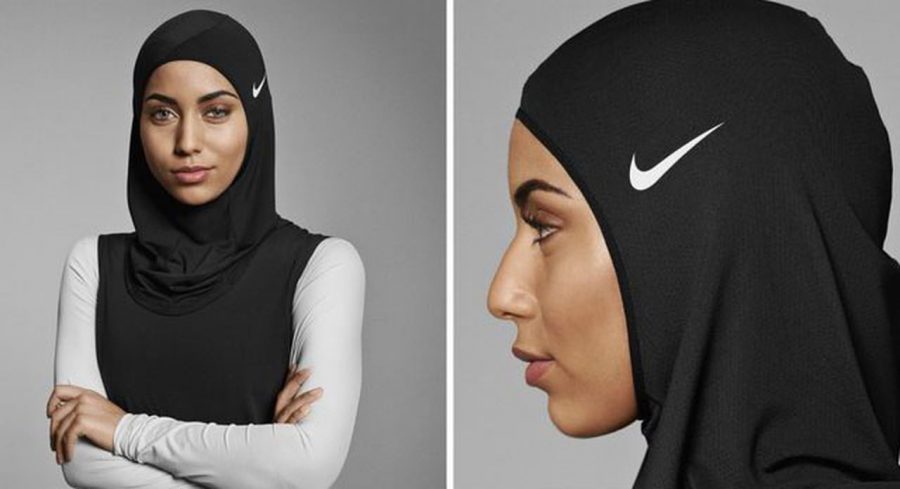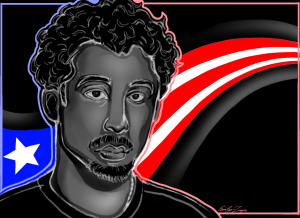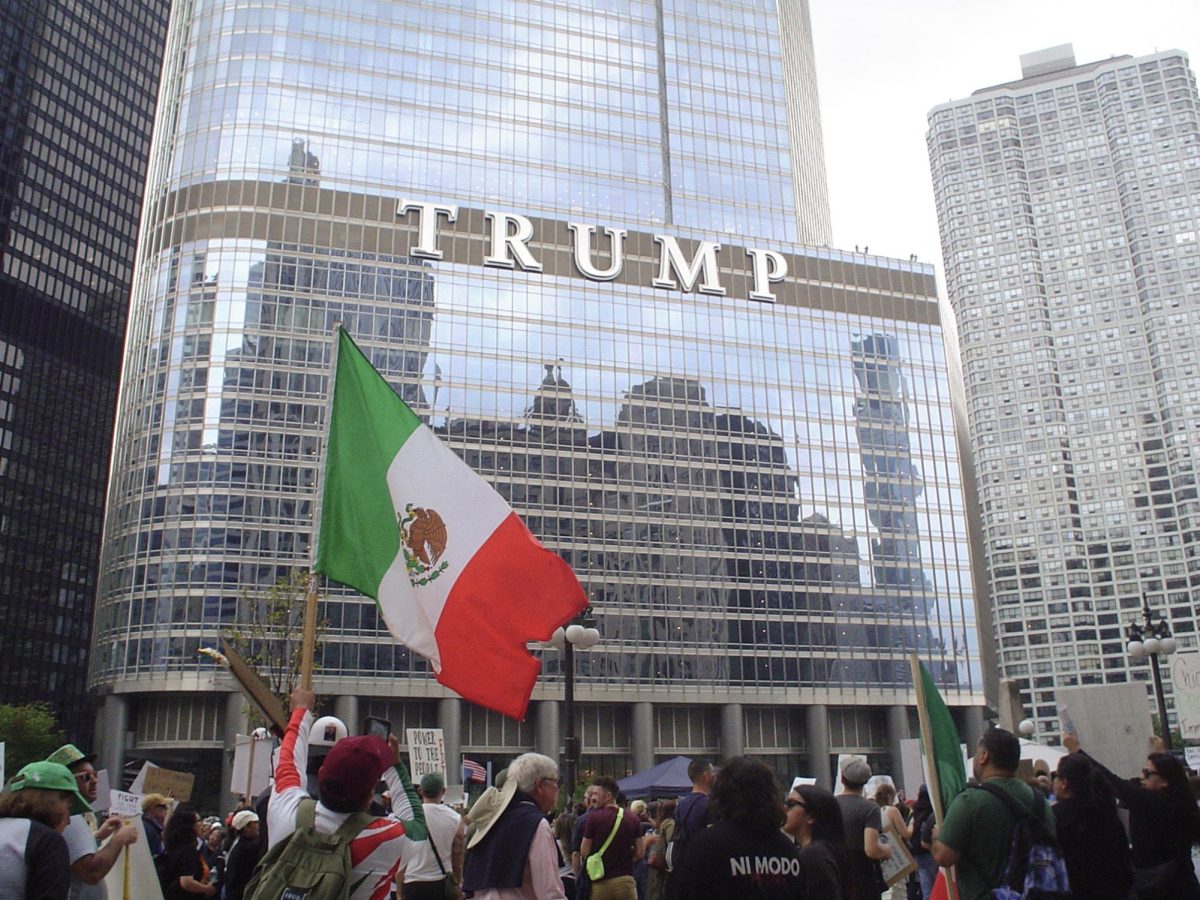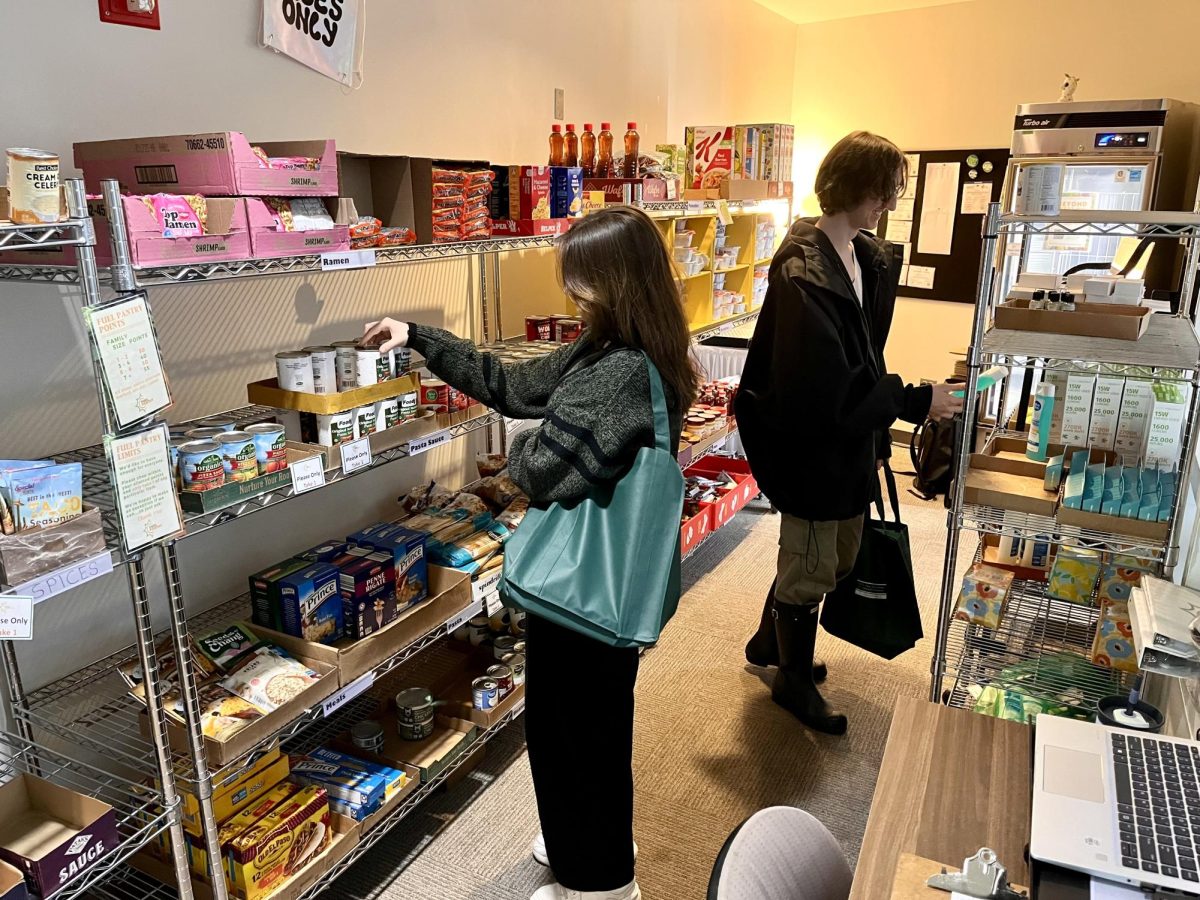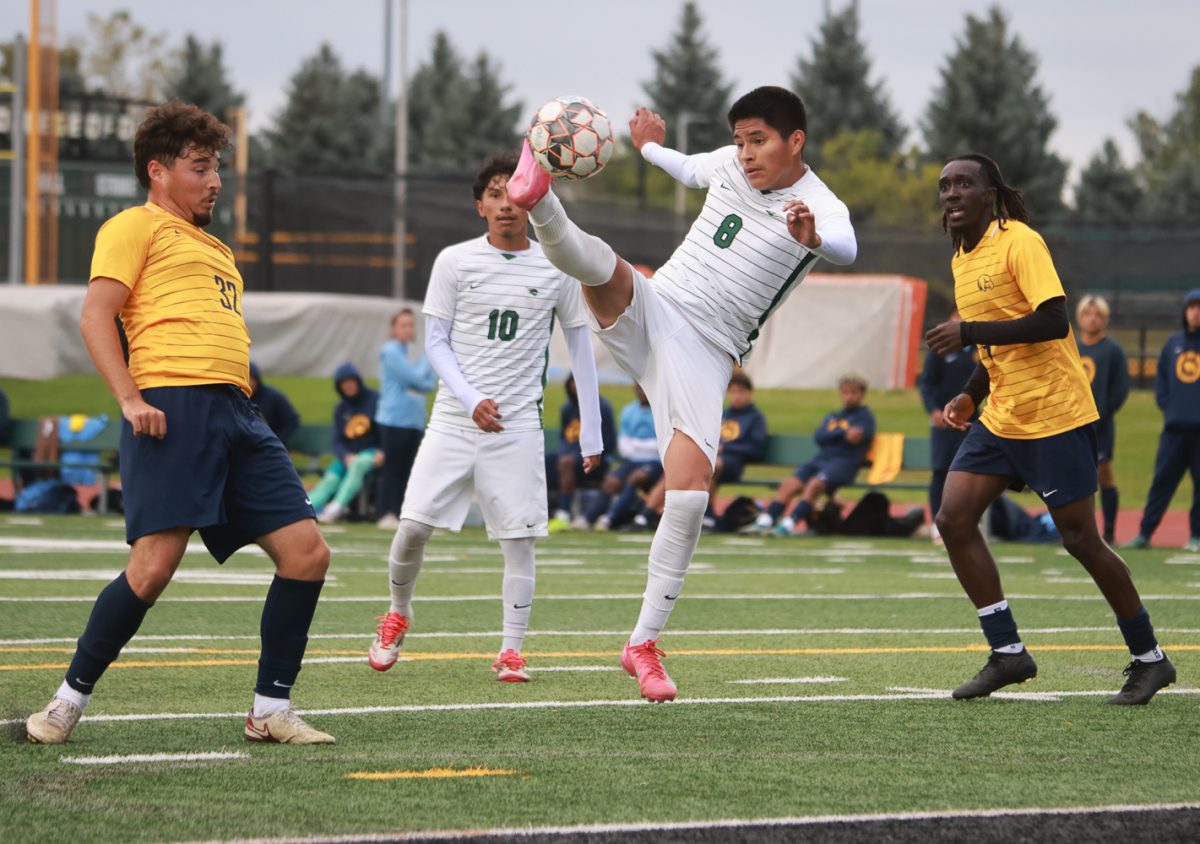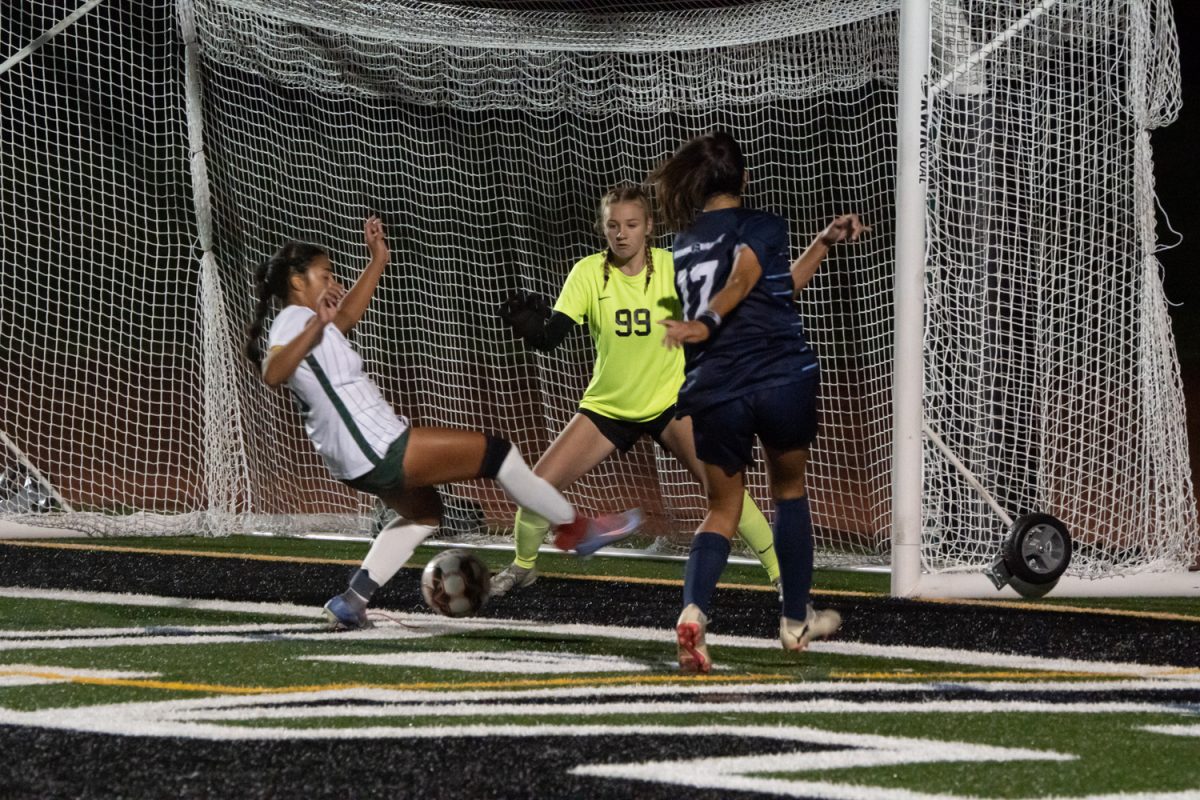Pro Hijab, the Nike version
March 17, 2017
Hijab, the Arabic word translated to English as headscarf is known to be a symbol of fear amongst the western world. However, recently, Nike has released its Pro Hijab in an effort to try to dispel the stigma around hijabs and what they mean. Officially coming out in spring of 2018, the original ad is marketed specifically to the Middle East and athletes in the Middle East. The ad shows top female athletes from the Middle East who also ended up testing the product: Zahra Lari, the first figure skater from the United Arab Emirates to compete internationally; Manal Rostom, a runner and triathlete who resides in Dubai, and Amna Al-Hadad, an Olympic weightlifter from the United Arab Emirates. While the ad is meant to be inspirational, and it truly is, I believe that although there is a high market for it, it could prove to be quite difficult to push through certain barriers. The sociocultural barriers are incredibly strong and can be difficult to break through, and often it will take more than just a simple product to create a shift in the culture.
Now for a moment, I would like to really discuss what hijab is. As someone who has been a firm practicer of hijab since the eighth grade, I believe I have much experience in this format. Many people have this misconception of the fact that hijab is a form of oppression upon women. However, hijab is something that is personalized amongst each individual and each individual’s reasoning for doing it will be different. While the overarching reason for wearing the hijab is to elicit respect and modesty in the community, there could be multiple reasons as to how a person comes to choose this lifestyle, and often it is a powerful one. When I was in the seventh grade, it was my first time attending a public school. It was my first real impression of a world from going to a privatized religious school for most of my life. And honestly, it was very scary.
The way that young girls and women were treated both in society and at school horrified me in a very drastic matter. I learned very quickly that it was imperative to know self-defense and to be agile. However, the main reason I started wearing the hijab was because I was attacked in my neighborhood. I had learned through this event that because my body was rather small, my wrists could easily fit into a single hand of a high school boy. Although this left some bruising, there was no major damage, and because of my rather heightened sense of fear in my younger years I neither told anyone nor did I report it. There was no amount of respect for women, and I felt that my dignity was going to be snatched from me. Therefore, through my own willpower, I started observing hijab and although it was very difficult, I found it to be rewarding in the experiences I had with people.
However, unlike the stereotypical aura that surrounds hijab, it is far greater than simply a cloth upon your head. Hijab, in general, is the observance, by both men and women, of respect for another person, regardless of gender, as a human being. The purpose of it is to look at a person as a person based on their personality and human qualities rather than their physical beings. For both men and women who decide to follow this lifestyle, it becomes essential for them to lower their gaze before someone as a matter of respect and dignity and to be able to fully and comprehensively speak to them as an equal human being. The point is to not think of any single human being as a lesser due to physical appearance. Now the reason as to why women are requested to cover their bodies is one that is known of great importance. One of the scholars of the local mosque in Glendale Heights, Syed Mehboob Mehdi Abidi, said that women have a certain sense of delicacy that men do not have. The aspects of their physical form are one of grandeur yet a certain softness that is felt to be protected.
While wearing the hijab was empowering it was not without it’s challenges. I was a long time lover of soccer, basketball and volleyball. I participated in some of the teams at my high school. Many of the sports were difficult due to the fact that I wore hijab, and I would have to take a separate scarf that was made of lighter material specifically for sports so that I wouldn’t get too hot when performing. It turns out I wasn’t the only one who was having this problem. According to female Emirati Olympic weightlifting athlete Amna Al Haddad, who actually visited Nike’s sports research lab at their global headquarters in Oregon, there were very limited options for hijabs that are comfortable and lightweight enough to compete in. As a result, Amna had to wash her hijab every single night during competitions, something that I, too, had to do after sports events.
Nike does a good job of marketing out to women who wear hijabs. Its ad is something that would be very inspiring to young girls because of the fact that many of them are put down for being interested in sports. In much of the Middle East, it is difficult for women to seemingly obtain a high role in society due to the socio-cultural constructs that surround the region. Being athletic is seen as a negative in much of the Middle East due to the patriarchal view that sports are only for men. It is imperative to much of the younger generation of young women and girls who see these successful female athletes. Seeing them break through the bounds of their stereotypes truly provides a sense of hope for these young girls. They should not have to fear the dreams that they have due to socio-cultural construct. According to Manal Rostom, who wrote to NYTimes over WhatsApp, “For young girls to see these women and to see the revolutionary shift will change the face of sport for Muslim Arab girls, whether they wear hijab or not.” And while Nike does its very best to try to push through the barriers, it is up to us who wear hijab to actually be able to leap through the bounds of the stereotypes that surround it.



